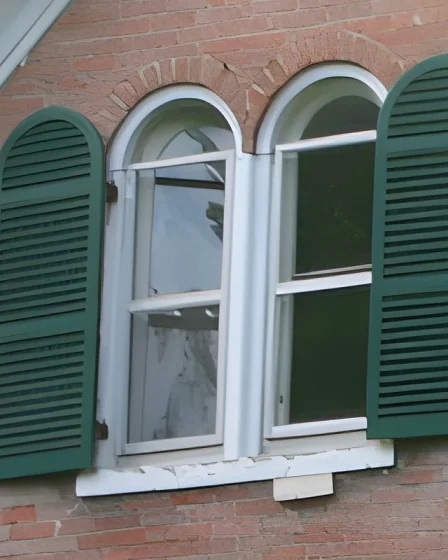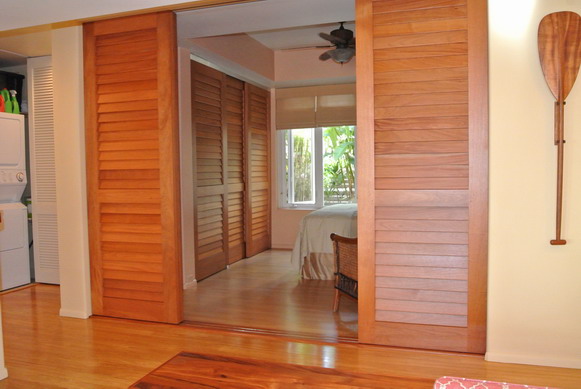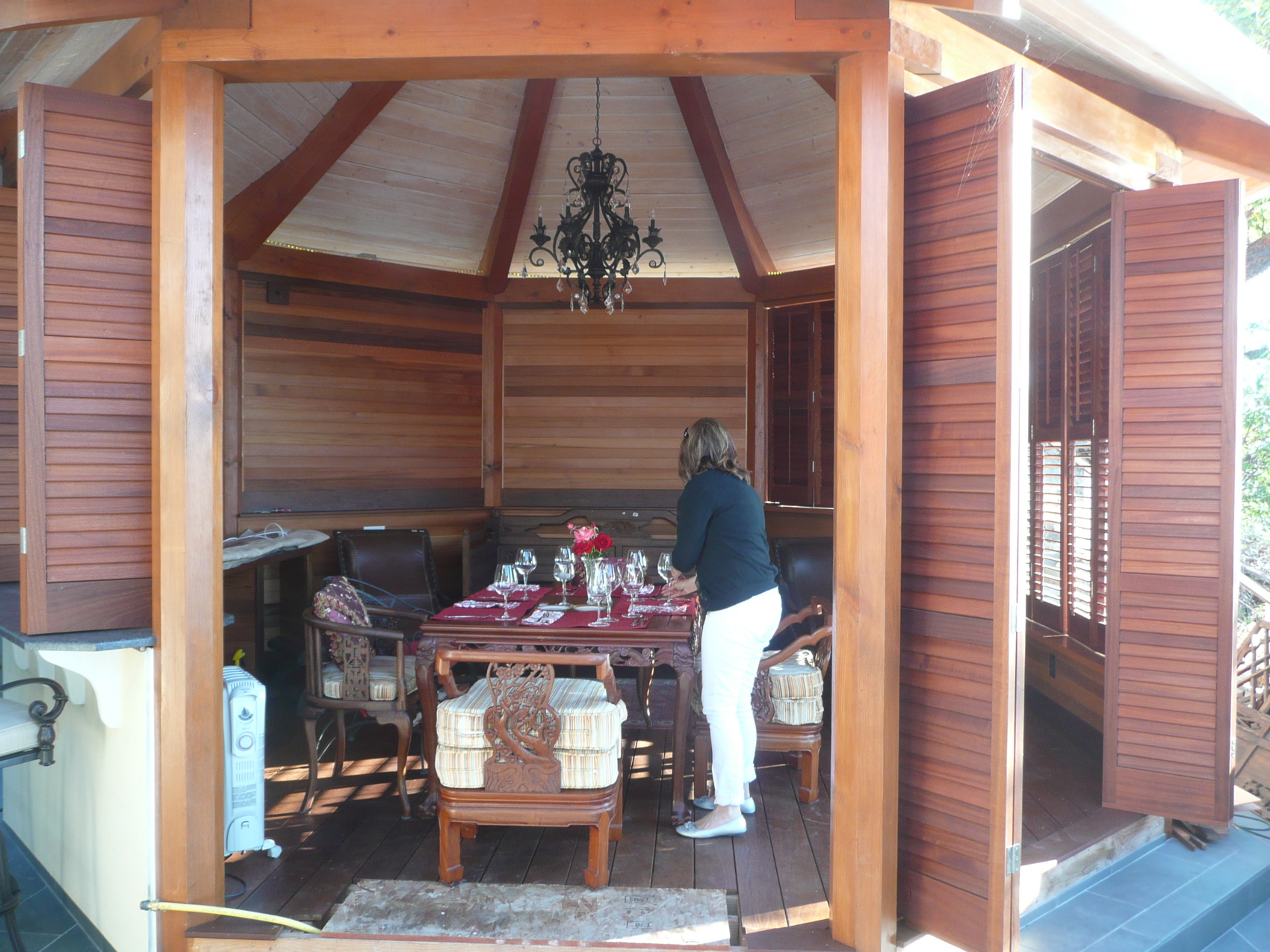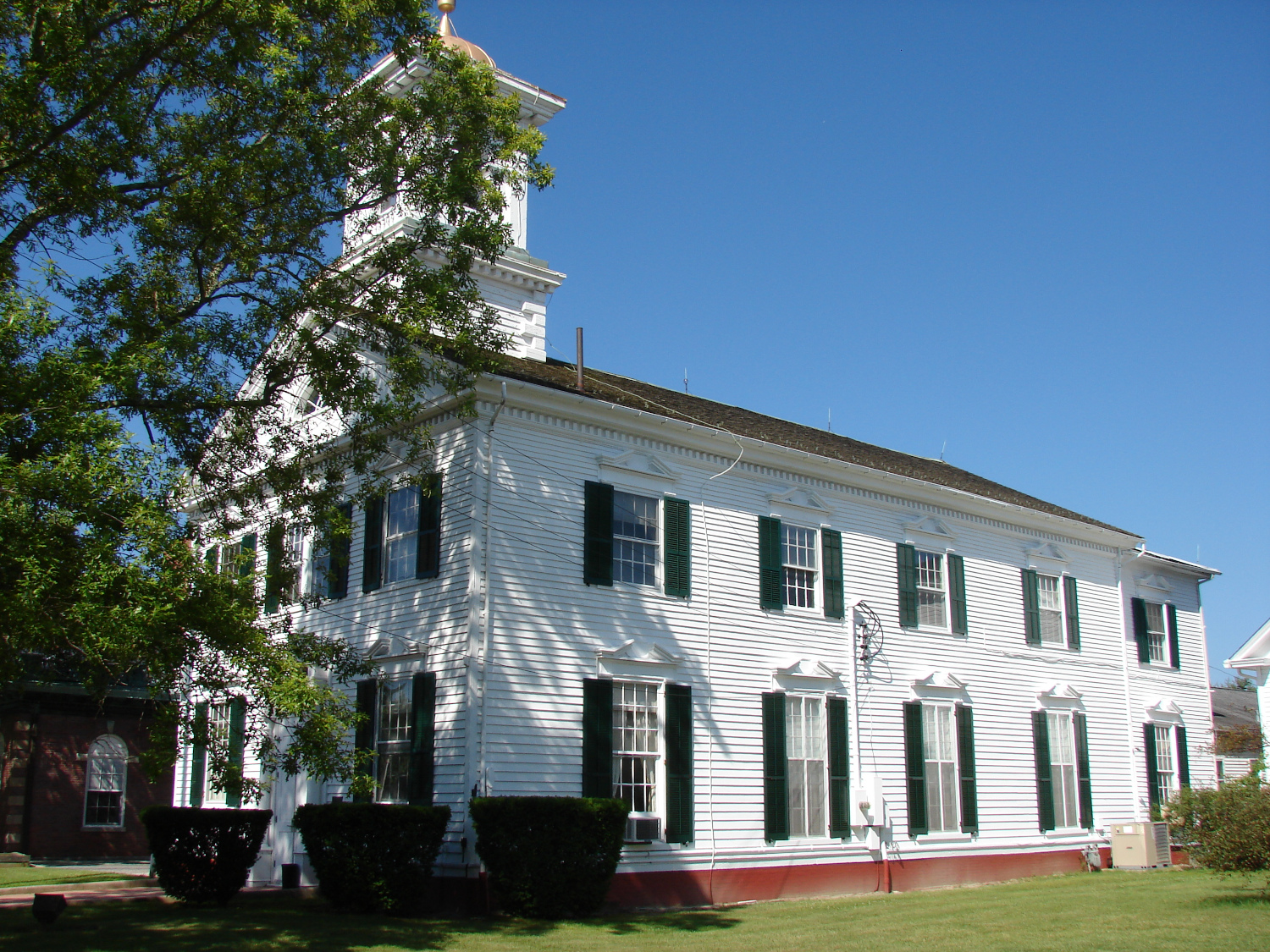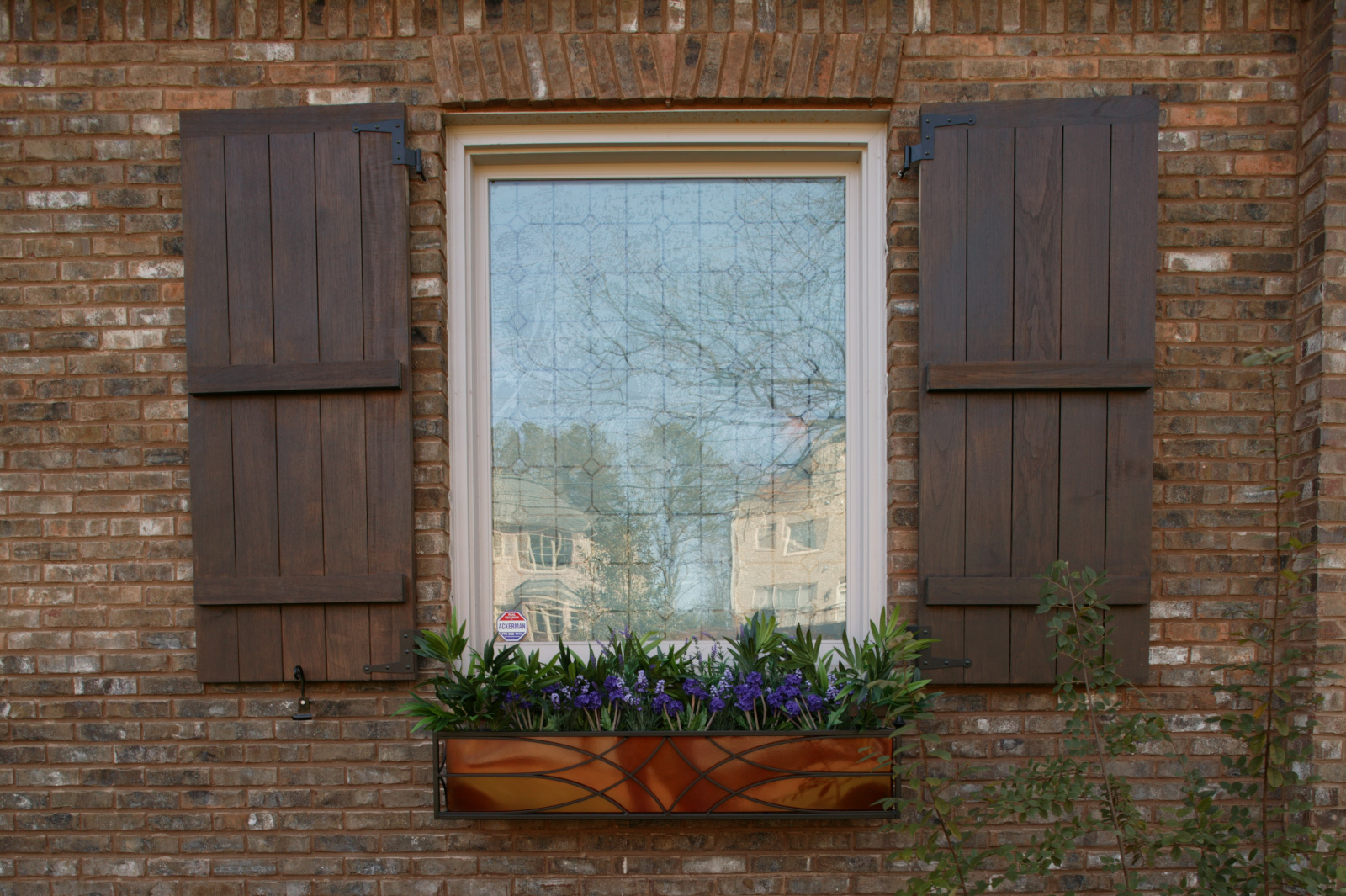At Kestrel Shutters & Doors, we take pride in our ability to create custom shutters that not only meet but exceed the expectations of our customers. While we offer a wide array of standard designs, we understand that some projects require something extra. Whether you’re restoring a historic building or working on a modern project, …
Shutters
Shutters
Elevate Your Home with Custom Arched Shutters: Perfect for Both Interior and Exterior Use
When it comes to home design, the right window treatment can make all the difference. Custom arched shutters are a timeless choice that not only adds elegance and charm to your home, but also offers practical benefits. Whether you’re looking to enhance the interior or exterior of your house, custom arched shutters provide a unique …
Stave Core Doors & Shutters
Stave Core Doors & Shutters Most of the shutters and doors we make here at Kestrel, both interior and exterior, are built out of solid, kiln dried wood without the use of any laminates. We can do this as the wood species that we use, American Basswood and Sapele Mahogany, are dimensionally stable and react …
Using Exterior Shutters & Doors on your Outdoor Living Space
Using Exterior Shutters & Doors on your Outdoor Living Space Something that we have been seeing more of in the last couple of years has been the use of shutters and doors to create more usable living space. We see shutters and doors being used as windbreaks on decks and around pools, forming the walls …
Things to Consider when Reproducing Exterior Shutters for Historic Homes
Reproducing Exterior Shutters for Historic Homes In the last 24 years we have reproduced many exterior shutters for many historic homes and buildings. While some shutter details were consistent to style or location of the homes others had feature that made them unique. When we look at an historic project there are certain things we …
Tongue & Groove vs Beadboard for Shutters and Doors
Tongue & Groove vs Beadboard for Shutters and Doors While we are all familiar with flat and raised panel shutters and doors there are other choices when you are looking for something solid. Two popular alternatives are Beadboard and Tongue & Groove. Tongue & Groove The name Tongue & Groove actually refers to the way …

